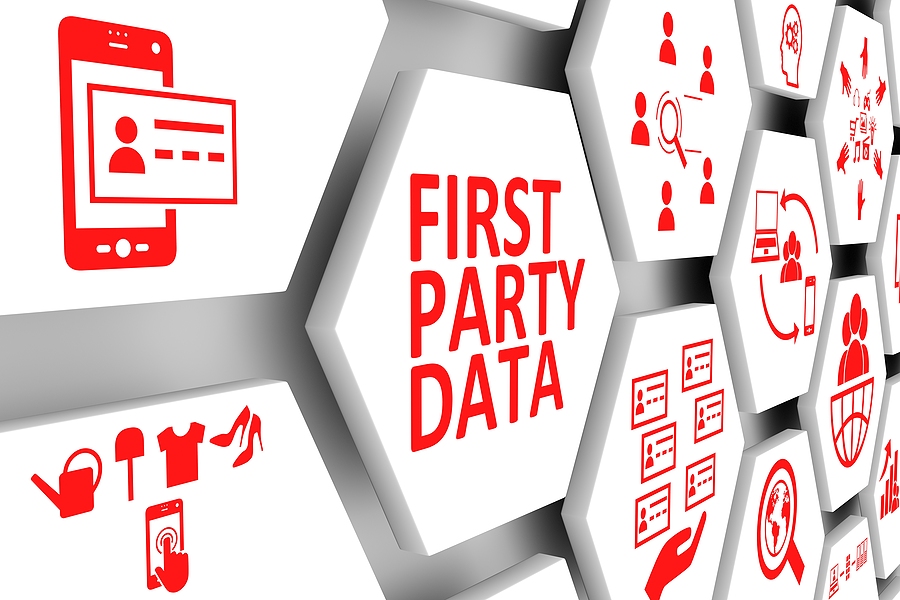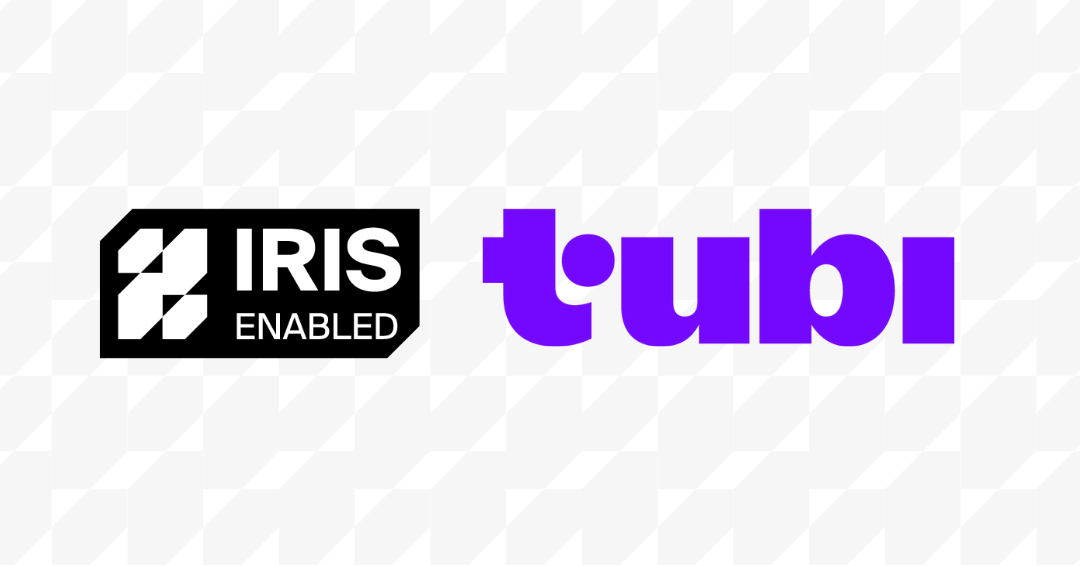Context Data is First-Party Data
Posted by Anna Kaiser | Oct 07, 2021 | Contextual Video |
Is a narrow definition of first-party data limiting the potential of our post-cookie reality?
If you asked ten ad tech veterans what constitutes first-party data, you’d likely get ten responses that all map back to identity. From email addresses to demography, the industry’s view on what defines first-party data tends to focus exclusively on audience. But what about context?
Video context is first-party data
At its most basic, first-party data is defined as any data your company owns. Even if the definition is broadened to data you own and collect directly from customers, the content a person watches on your platform (and its contextual metadata) is a part of that dataset. And that real-time, contextual insight is a powerful signal for interest and intent.
A modern and insightful dataset
Contextual advertising has come a long way since the days of analyzing page-level text to discern context. Search and display were the first advertising categories to benefit from technological advances. Now, with solutions that IRIS.TV enables, contextual data for video is just as sophisticated, robust, and insightful as any identity solution. By working with contextual intelligence leaders like Kerv Interactive, Reticle, and GumGum, IRIS-enabled™ video-level data includes not only context but also emotional signals, object identification, logo and facial recognition, and deeper semantic understanding.
Marketers who embrace modernized contextual video targeting, using a publisher’s first-party contextual data, will benefit from relevant ad environments that are more closely aligned to the "in-the-moment" interests of any audience.
Redefining the status quo to the benefit of all
From original series to award-winning ad creative, media companies and brands alike invest a lot in creating compelling video content. And every story is designed to make us feel something, be it camaraderie with fellow sports fans, inspiration to whip up a gourmet meal, or even motivation to take action on a social issue.
Those context-driven moments are first-party data points that indicate the viewer’s state of mind. Video-level context provides insight into not only the right environment to serve an ad, but also the right time and right creative to share. By extracting and standardizing their existing contextual video data, publishers help marketers understand viewing audiences and form deeper brand connections, without being confined to a specific show or video episode.
The bottom line
For too long we’ve used identity and first-party data as interchangeable terms. At present, there are roughly 27+ universal identity solutions being proposed. It’s going to take time for the industry to figure out the future of identity. To move forward, we need to make room for a broader definition of first-party data.
While we wait for the identity dust to settle, marketers can leverage a publisher’s first-party contextual data, verified by leading data providers, to target potential customers based on their interests across any video format. No cookie required.
Ready to learn what real video context can do for your brand?





.png)

.png)



